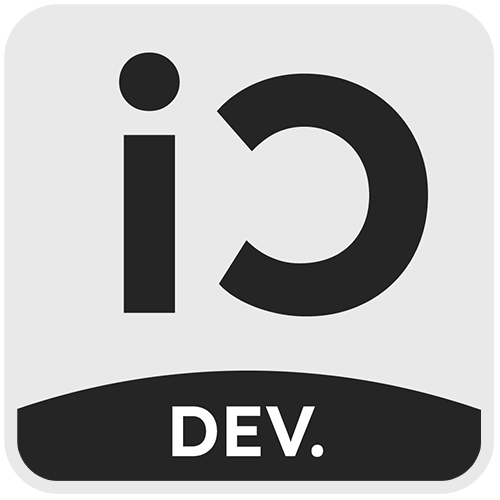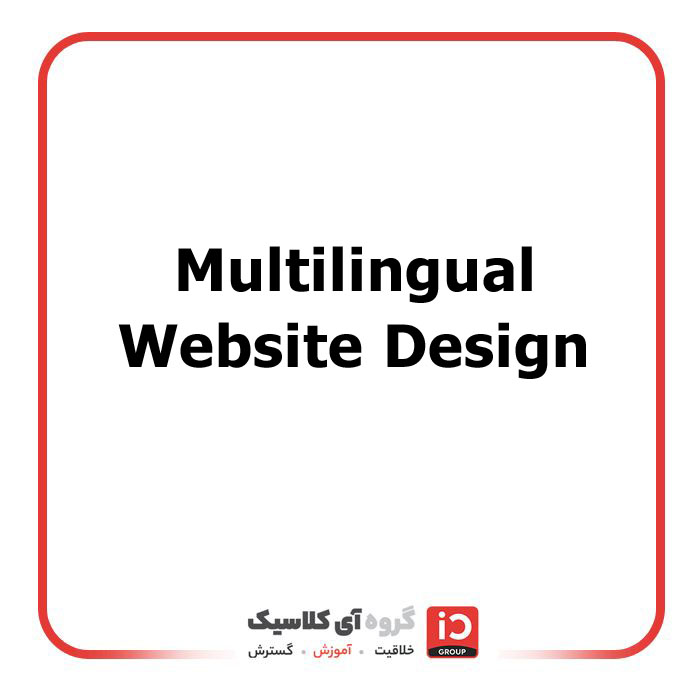Multilingual Website Design: Why and How?
In today's digital world, expanding your business to an international audience is no longer an option but a necessity. A multilingual website is one of the best strategies to attract diverse users from different parts of the world. By providing content in multiple languages, you can create a better and more personalized experience for users. In this article, we explore the benefits, key considerations, and steps to designing a multilingual website.
Why Should You Have a Multilingual Website?
1. Expanding Your Target Market
By offering website content in multiple languages, you can attract customers from different countries and expand your market reach.
2. Improved User Experience
Users prefer reading website content in their native language. A multilingual website helps users connect with your business more easily.
3. Better SEO and Increased Traffic
A multilingual site using language-specific keywords increases your chances of ranking higher in search engines and attracting more traffic.
4. Building Credibility and Trust
A multilingual website reflects professionalism and attention to global customer needs, which increases trust and brand credibility.
Challenges of Multilingual Website Design
1. Accurate Translation and Localization
Translation is not just about converting words from one language to another. Localization involves adapting content to the culture, values, and specific needs of each region.
2. Content Management
Managing multilingual content requires efficient tools and a specialized team to ensure all languages are regularly updated.
3. Higher Cost and Time Commitment
Designing and maintaining a multilingual website usually requires more time and budget compared to single-language websites.
How to Design a Multilingual Website?
1. Choosing the Right Languages
First, determine the languages you want to support based on your target audience. This decision should be based on market analysis and audience research.
2. Using a Suitable CMS
Content Management Systems (CMS) like WordPress, Joomla, or Drupal support multilingual websites. For example, plugins like WPML or Polylang in WordPress help manage multiple languages efficiently.
3. Designing a User-Friendly Interface
Your website interface should allow users to easily switch between languages. This is usually done using a dropdown menu or language switcher at the top of the site.
4. Complete Localization
Beyond text translation, other elements such as date formats, currency, number formatting, and even images should align with the culture of the audience.
5. SEO Optimization for Multilingual Websites
For better SEO performance, follow these strategies:
:heavy_check_mark: Use hreflang tags to define language and region
:heavy_check_mark: Create separate URLs for each language (e.g., example.com/en for English)
:heavy_check_mark: Optimize content for each language with relevant keywords
6. Testing and Final Review
After design completion, thoroughly test the website to ensure correct language display, translations, and overall functionality.
Benefits of a Multilingual Website for Businesses
:heavy_check_mark: Global Market Access: Reach new customers in different countries
:heavy_check_mark: Increased Revenue: Attracting international customers leads to higher sales
:heavy_check_mark: Competitive Advantage: Stand out from competitors with multilingual support
:heavy_check_mark: Brand Strengthening: A global presence enhances your brand’s reputation
Useful Tools & Technologies for Multilingual Websites
WordPress Plugins:
WPML
Polylang
TranslatePress
Translation Tools:
Google Translate API
DeepL
CMS Platforms:
WordPress
Joomla
Drupal
Conclusion
A multilingual website is a long-term investment for businesses aiming for global expansion. By offering a personalized user experience, you build trust and support business growth. If you're looking to design a professional multilingual website, the iClassic team is here to help with expertise and experience.
:telephone_receiver: Contact us today for a free consultation!



